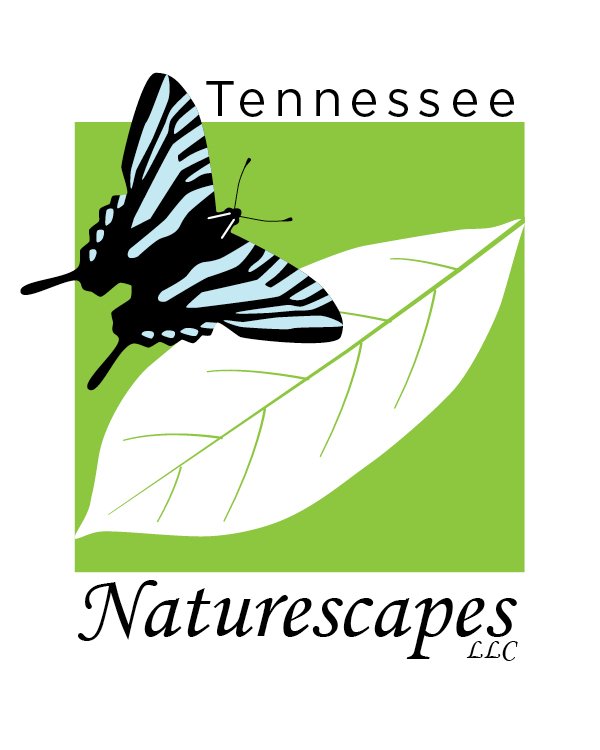Native alternatives to Invasive Species
English Ivy (Hedera helix)
English Ivy was introduced to the North American continent by European colonists as early as 1727. It’s an aggressive species that threatens all vegetation levels forest from ground into the forest canopy. Birds spread the seeds by eating the fruits. It out crowds native vegetation and is one of the few invasive plants that can thrive in deep shade.
This vine is commonly seen climbing onto trees and these infested trees will decline for several years before they die because when English ivy reaches the upper canopy, it shades the leaves of the host tree, denying the tree the sunlight it needs for growth and nourishment The added weight of the ivy also makes trees susceptible to blowing over during storms. English ivy has been confirmed as a reservoir for bacterial leaf scorch that affects a wide variety of native and ornamental trees such as elms, oaks and maples.
Solomon’s seal, (Polygonatum biflorum)
1-3 ft. Spread: 1- 1 ½ ft.
Part Shade to Full Shade. Average, Medium to Wet, Humusy, Well-drained soil.
Has greenish White hanging blooms April-May. Berries (not for human consumption) are eaten by a variety of wildlife. Spreads slowly by rhizomes to form colonies. Best in woodland gardens, wild gardens and native plant gardens. Erosion and Wet Soil Tolerant. Zones 3-8.
White Wood Aster (Eurybia divaricata)
1- 2½ ft. Spread 1½ - 2½ ft.
Part Shade to Full Shade. Average, Dry to Medium, well-drained soil.
This white bloomed plant is great for open shade gardens, woodland areas, native, or cottage gardens. Its Drought, Heavy Shade, Dry Soil and Rocky Soil Tolerant. Also, it’s a larval Host to Pearl Crescent Butterfly. Zones 3-8.
American alumroot (Heuchera americana)
1-2 ft. Spread 1 – 1 ½ft.
Part shade to Full Shade. Organically rich, humusy, Medium moisture, Well-drained soil.
Greenish white blooms with red tinge June-August. Also called Coralbells. Good edging plant. Mass to form an attractive ground cover in shady gardens. Attracts bees. Deer resistant. Zones 4-9.





